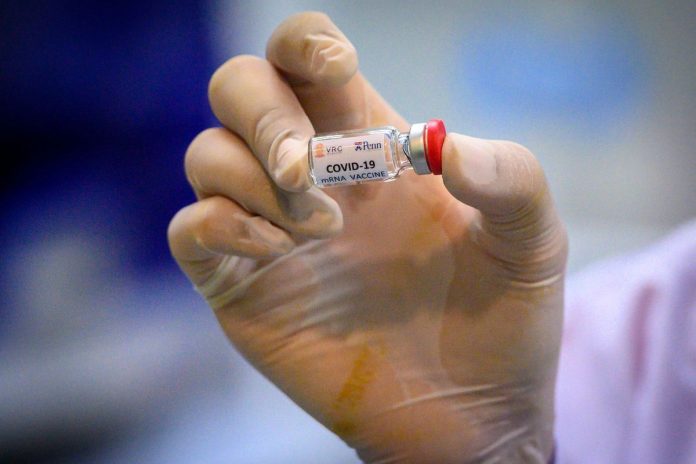Rome — Thursday’s GAVI vaccine summit aims to help people in the developing world get access to any eventual coronavirus vaccine. What are the obstacles?
Committing money and resources to ensuring a future COVID-19 vaccine reaches the world’s poorest communities was part of a key summit attended by world leaders on Thursday.
More than 50 countries and organisations pledged to Gavi, the Vaccine Alliance, which immunises children in developing nations $7.4 billion for its work until 2025.
The virtual summit focused on diseases like cholera, tetanus and typhoid that have largely disappeared in wealthy countries but remain a scourge in other parts of the world.
Why has access to life-saving vaccines been so unequal and could the coronavirus pandemic lead countries to unite around an affordable vaccine?
The bigger picture:
Even before COVID-19 hit, access to vaccines was deeply unequal with around 20 million children not receiving vaccines that could save them from serious diseases, death, disability and ill health, according to the World Health Organization (WHO).
An estimated 1.4 million children under five died from vaccine-preventable diseases such as pneumonia, diarrhoea and measles in 2016, according to UNICEF.
The situation could be about to get worse because COVID-19-related lockdowns have disrupted the routine immunisation of millions of children against non-coronavirus diseases like diphtheria, measles and polio.
Approximately 80 million children under the age of 1 in at least 68 countries could be impacted, according to WHO. Read more…



